“The answer is simply this: It’s what we’ve always done, just as we’ve always sent our kids to certain kinds of schools that operate in certain kinds of ways. It’s a cultural habit that we take for granted.”
How many times have we heard this phrase over the many years we have all been in the teaching profession? It’s exactly as Kahn describes it, a “cultural habit” we have grown accustom to hearing and allowing to define our reasons not to change. Questioning customs in education is about first understanding why these habits came to exist and how they supported learning and then confronting whether or not they still continue to be purposeful in learning today.
Kahn takes a critical look at understanding the history of education by looking at the evolution of educational models, available technologies, and access to learning over the history of education.
Educational Models
If we look at different models of education over time and why some have staying power over others, it’s because “they are there” suggests Kahn (p.65). By simply existing and having tenure, we believe them to be true and working. Questioning this thinking and finding evidence to support it might prove something quite different. Here’s a timeline that outlines some models of teaching and learning over time that have “worked” in teaching but do they continue to serve our students learning for the future?

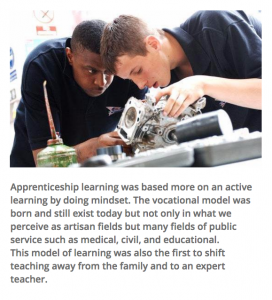
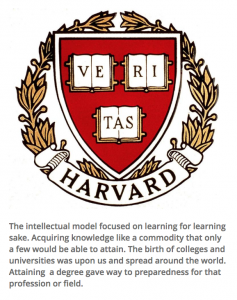
Available Technologies
The evolution of spoken language gave rise to some interesting considerations in education. We first need to recognize that language is a technology and has many different forms. The earliest form was story telling. Religions, laws, and cultures were all forged first by the spoken language. Once language was transformed into its written form, learning was then based not only on the ability to memorized information but now could be reviewed, internalized, studied, and applied. This quote captures the importance and impact of print on teaching and learning.
“No longer was the teacher the sole source of information and the ultimate authority on a subject. Now there was an expert behind the expert, sharing in the teacher’s prestige as the source of knowledge. The teacher ruled in the classroom but the textbook had standing in the world beyond.” Kahn p.73
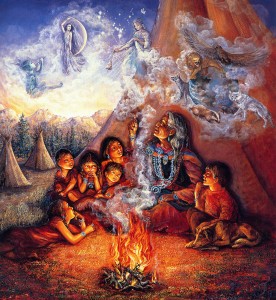
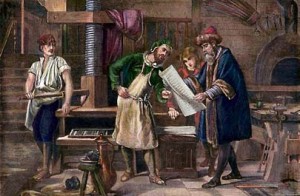
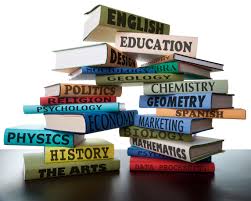

Access to Learning
Finally we question the customs of the elite and privileged in relation to education and learning over those of the disadvantaged. How has educations transformation allowed access for all to be educated and have the prospect of a better life? Is it a coincidence that as education became widely available, our life expectancy and quality of life improved? As we review both the models of education over time and the available technologies, we come to see that together the practice of learning is more that just acquiring knowledge and skills from a parent, a teacher, an expert, a story, a book, a computer. Do our current pedagogical practices propel our students generation forward in such a way that it will continue to improve their well being and life expectancy? What is our responsibility in ensuring the opportunity of learning to all?
My favorite quote from this chapter that gave me pause to reflect on my vision of education was this:
“If we are to muster the vision and the will to meaningfully change education-to bring teaching and learning into closer alignment with the contemporary world as it really is-one of the leaps we need to make is to understand that the currently dominant educational model was not, in fact, inevitable. It is a human construct. It evolved along certain pathways; other pathways were also possible.”
It is within us to make this leap!
